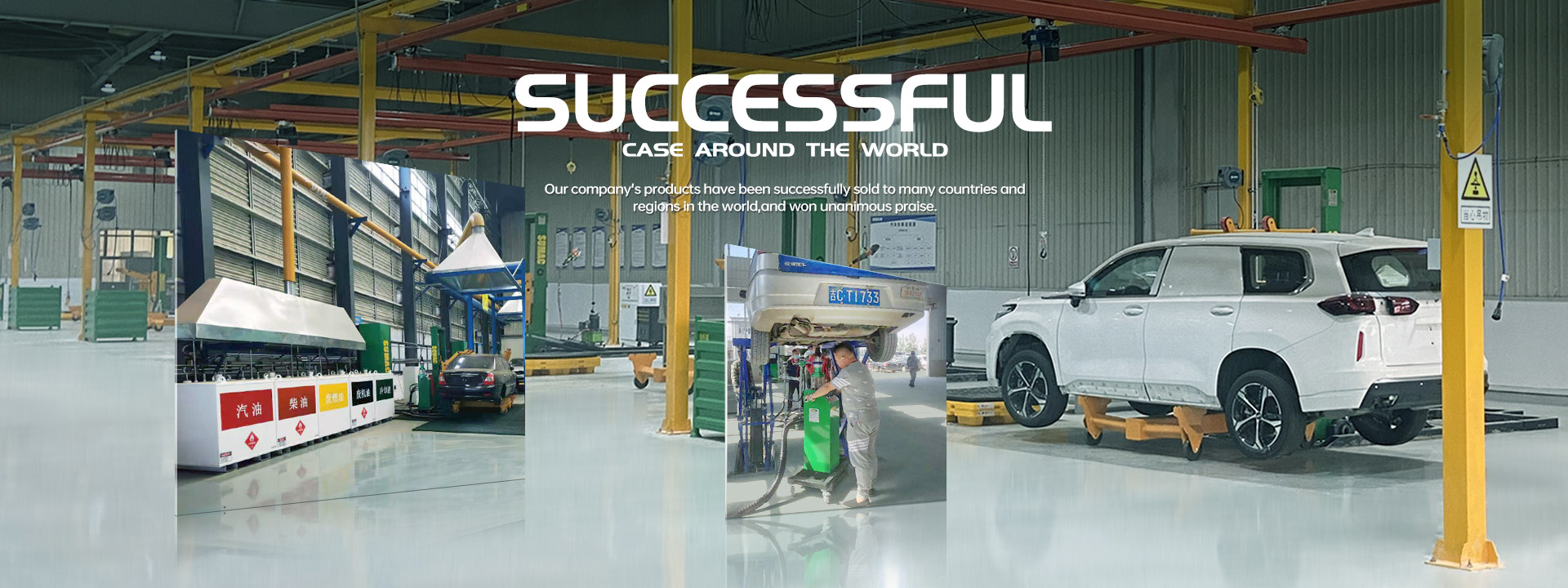Determining the height of the tank diesel bund requires
comprehensive consideration of multiple factors to ensure that it can effectively play a protective role. The following is a method to accurately determine its height:
First, we must follow the relevant national standards and industry specifications, such as the "Petroleum Depot Design Specifications". These specifications usually give the basic requirements for the height of the fire dike based on the volume, type and nature of the stored oil of the oil tank. Generally speaking, the height of the fire dike should be 1.0-2.2 meters.
2. Consider the volume of the oil tank
The larger the volume of the oil tank, the more diesel may leak, and the fire dike needs to be higher to accommodate it. Usually, for large oil tank areas, the height of the fire dike will be close to the upper limit of the specification. For example, when the total volume of the oil tank is large and the volume of a single oil tank is also large, the height of the fire dike may be 2.0-2.2 meters to ensure that all possible diesel leaks can be accommodated in extreme cases such as oil tank rupture.
3. Combined with terrain conditions
If the site where the tank area is located has a certain slope, the height of the fire dike needs to be adjusted according to the actual terrain. On the side with lower terrain, the height of the fire dike may need to be appropriately increased to prevent diesel from flowing out of the dike due to terrain reasons. On the contrary, on the side with higher terrain, the height of the fire dike can be appropriately reduced on the basis of meeting the requirements of the specification, but it must be ensured that it can still effectively intercept diesel.
4. Pay attention to operational requirements
The height of the fire dike should also take into account the convenience of daily operation and maintenance. If the fire dike is too high, it will cause inconvenience to operators in the tank area for inspection, maintenance and other work; if it is too low, it will not meet the safety protection requirements. Generally, under the premise of meeting safety, try to choose a height that is easy to operate, such as 1.5-1.8 meters, which is convenient for personnel to enter and exit the tank area and can ensure a certain safety margin.

